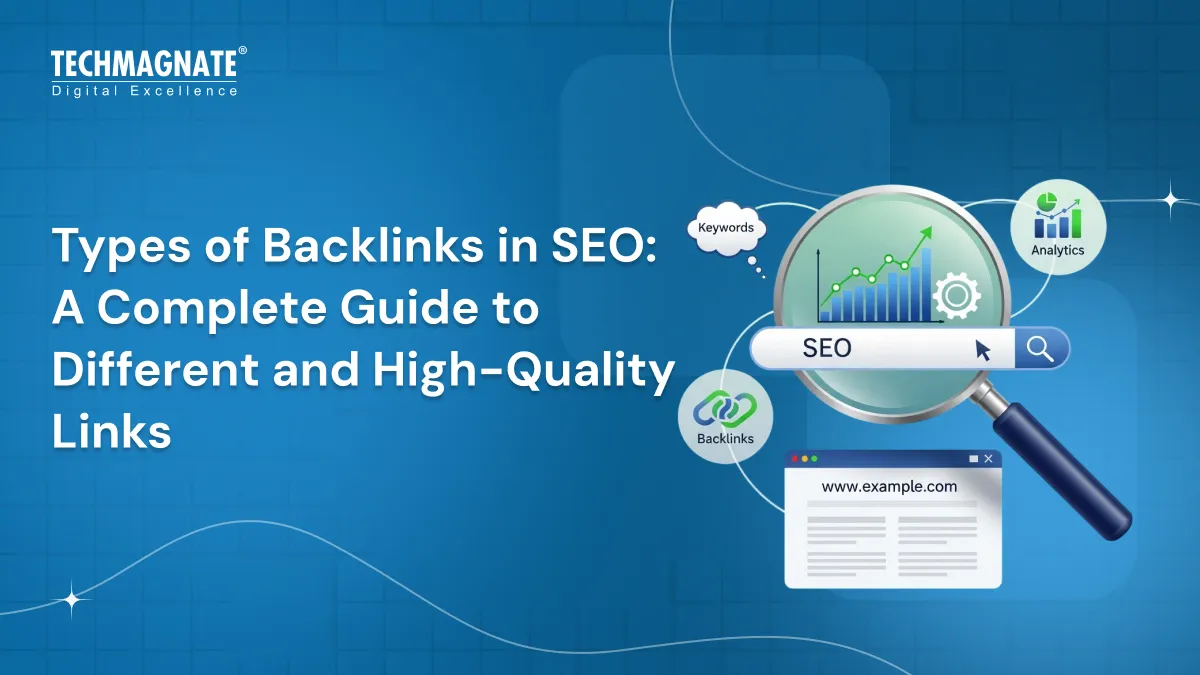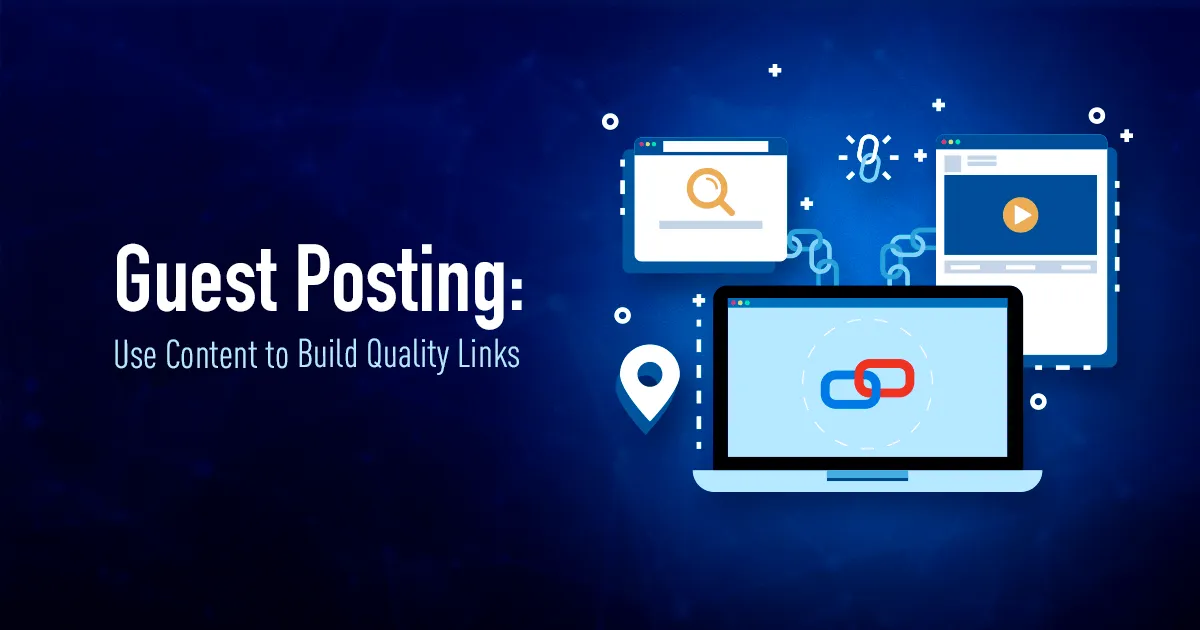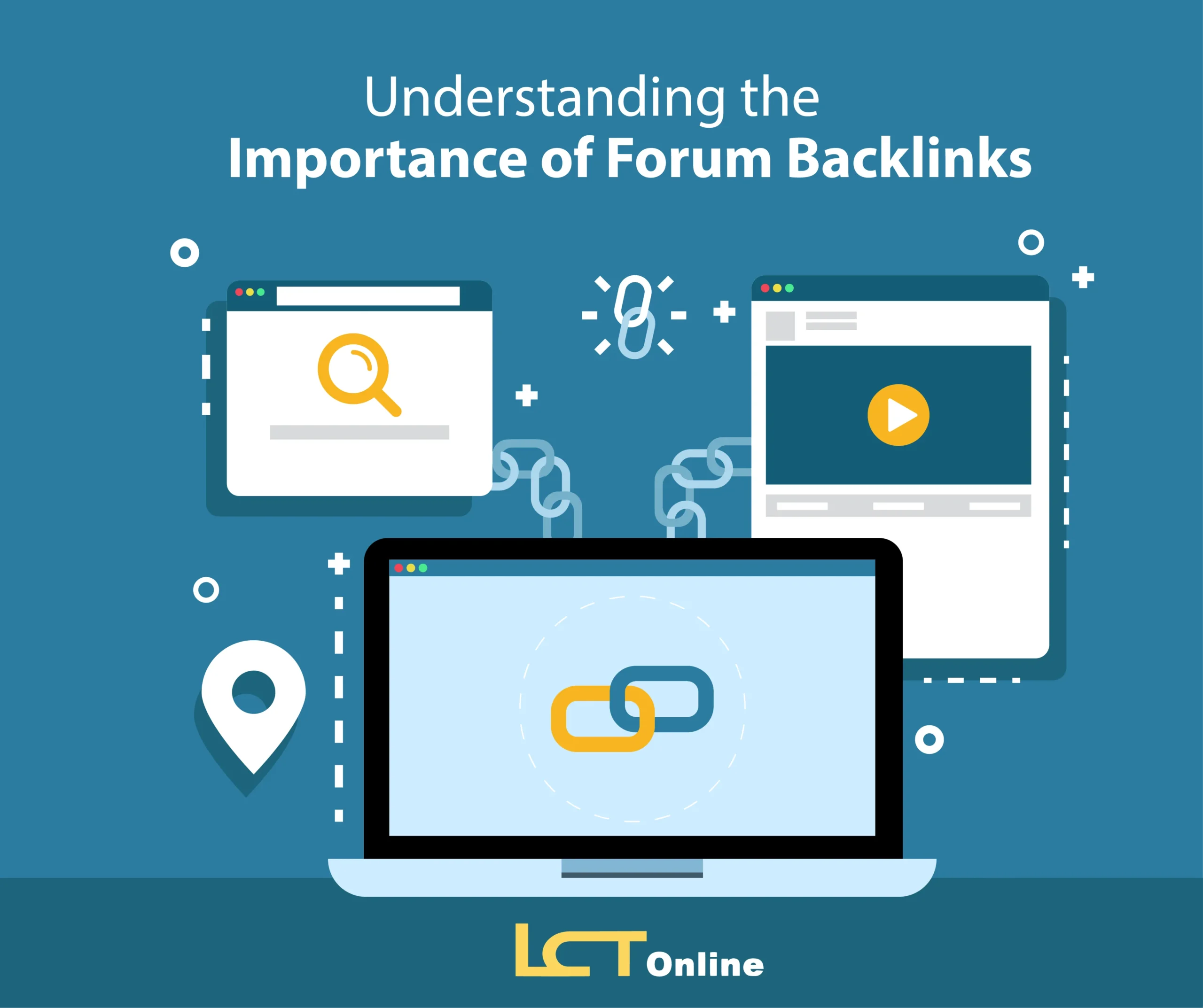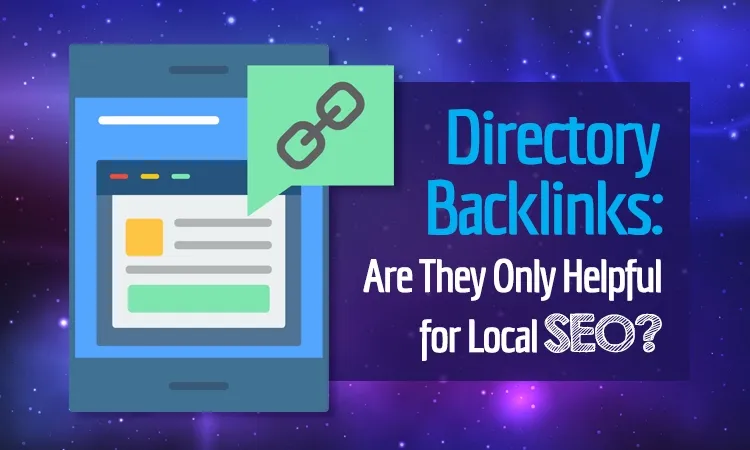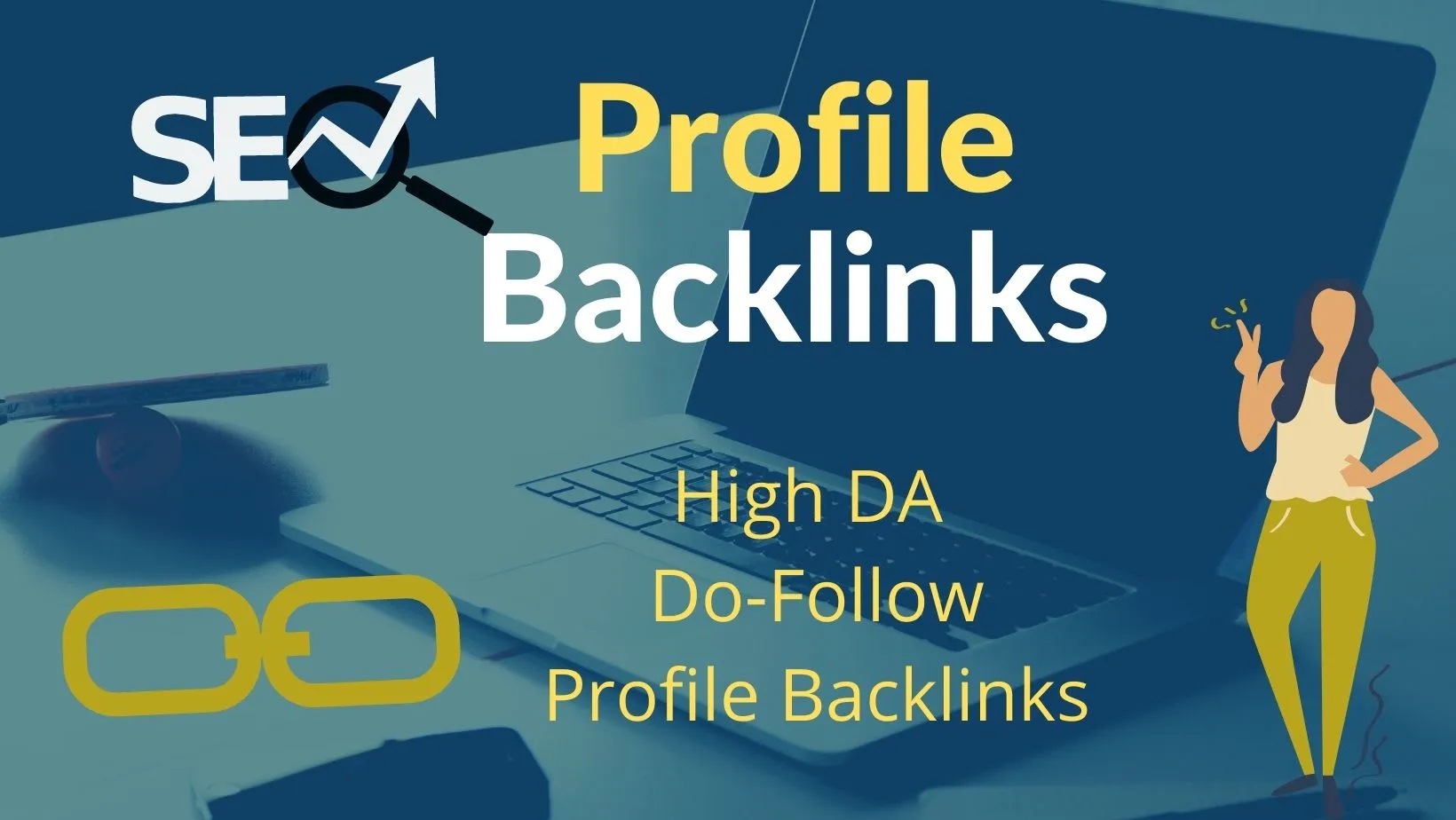Introduction
In the world of digital marketing, backlinks are one of the most powerful ranking factors. Whether you run a personal blog or a large business website, the types of backlinks you build can make or break your SEO success. But not all backlinks are created equal—some can skyrocket your site’s authority, while others may harm your rankings.
In this article, we’ll explore the different types of backlinks, their benefits, and how to use them effectively to dominate search engine rankings in 2025 and beyond.
What Are Backlinks?
A backlink is simply a link from one website to another. Search engines like Google see backlinks as votes of trust and credibility. The more high-quality backlinks your website earns, the better your chances of ranking higher in search results.
However, quality always matters more than quantity. Understanding the types of backlinks is essential for building a strong and sustainable SEO strategy.
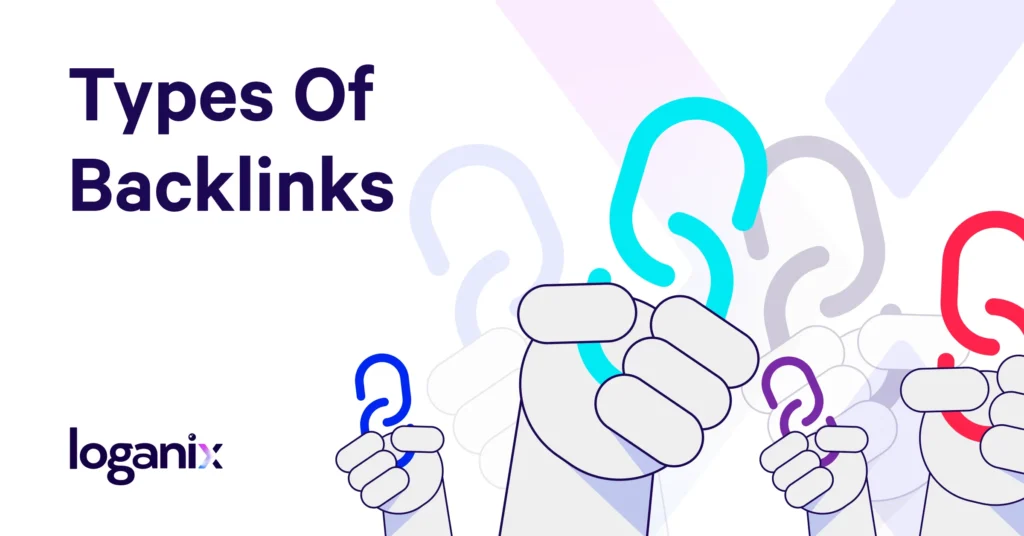
Why Are Backlinks Important for SEO?
- Authority Building: Backlinks signal to Google that your content is valuable.
- Faster Indexing: Search engines discover your site faster when other trusted websites link to it.
- Traffic Boost: Good backlinks can send referral traffic directly to your website.
- Ranking Power: A website with high-quality backlinks usually outranks competitors without them.
Now, let’s dive into the main types of backlinks that every website owner should know.
Types of Backlinks That Actually Matter
1. DoFollow Backlinks
These are the most valuable backlinks. A DoFollow link tells search engines to pass authority (also called “link juice”) from the referring site to yours.
- Example: A news site linking to your article.
- Benefit: Improves authority and ranking.
2. NoFollow Backlinks
NoFollow links don’t pass link juice directly, but they still add value by bringing traffic and diversifying your backlink profile.
- Example: Links in blog comments, forums, or social media.
- Benefit: Increases visibility and natural linking patterns.
3. Editorial Backlinks
These come when your content is naturally referenced by journalists, bloggers, or industry experts.
- Example: A top blog linking to your case study.
- Benefit: Powerful credibility and long-term SEO value.
4. Guest Post Backlinks
When you write content for another website and include your link inside it, that’s a guest post backlink.
- Example: Publishing an article on an industry blog.
- Benefit: Builds authority and drives targeted traffic.
5. Business Profile Backlinks
Creating profiles on business directories or social platforms can give you strong, trusted backlinks.
- Example: LinkedIn, Crunchbase, Yelp profiles.
- Benefit: Enhances online presence and local SEO.
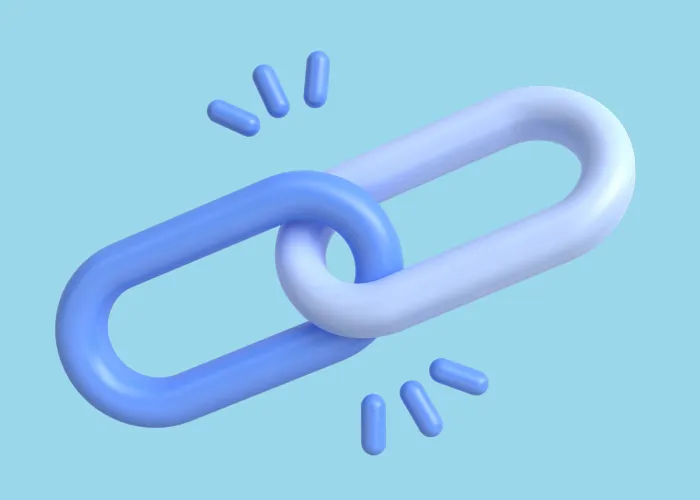
6. Social Media Backlinks
These come from links shared on platforms like Facebook, Twitter (X), or Instagram.
- Example: Sharing your blog post on LinkedIn.
- Benefit: Boosts traffic, signals activity to search engines.
7. Forum Backlinks
If used correctly, links from niche forums can bring targeted traffic. But avoid spamming, as it can backfire.
- Example: Answering questions on Reddit or Quora.
- Benefit: Niche authority and direct referral traffic.
8. Comment Backlinks
Leaving thoughtful comments with a link back to your site can create useful backlinks.
- Example: Commenting on a popular industry blog post.
- Benefit: Builds relationships and small SEO value.
9. Directory Backlinks
Web directories list websites by category, and getting listed can provide a backlink.
- Example: Submitting your site to niche directories.
- Benefit: Good for local SEO and relevance.
10. Image Backlinks
When other sites use your original images, infographics, or charts and credit you with a link, that’s an image backlink.
- Example: Infographic credited by multiple blogs.
- Benefit: Strong authority and branding.
11. Press Release Backlinks
Distributing newsworthy content through PR websites can earn backlinks from multiple sources.
- Example: Announcing a new product launch.
- Benefit: Brand visibility + SEO boost.
12. Resource Page Backlinks
These backlinks come from web pages designed to list helpful resources in a specific niche.
- Example: “Top SEO Tools” page linking to your blog.
- Benefit: Highly authoritative and targeted traffic.
13. Scholarship Backlinks
Offering scholarships and getting listed on .edu domains can lead to extremely strong backlinks.
- Example: University websites linking to your scholarship page.
- Benefit: Very powerful SEO value.
14. Broken Link Building Backlinks
This method involves finding broken links on other websites and suggesting your content as a replacement.
- Example: Replacing a 404 page with your guide.
- Benefit: Easy way to earn natural backlinks.
15. Private Blog Network (PBN) Backlinks (Use with Caution)
PBNs are networks of websites created to pass link juice. They can boost rankings, but also carry a high risk if detected.
- Benefit: Short-term gains, long-term risk.
The Most Powerful Types of Backlinks
Among all the types listed, the most powerful backlinks are:
- DoFollow
- Editorial
- Guest Posts on Authority Sites
- .Edu and .Gov Links
- Resource Page Links
These backlinks are trusted by Google and can significantly improve your website’s authority.

Backlinks to Avoid
Not all backlinks are good for SEO. Avoid these:
- Spammy directory links
- Paid links on irrelevant sites
- Automated comment backlinks
- Low-quality PBN links
Such backlinks can trigger Google penalties and harm your rankings.
Best Practices for Building Backlinks in 2025
- Focus on quality, not just quantity.
- Diversify your backlink profile with multiple types.
- Prioritize content-driven links (editorial, guest posts, resources).
- Track backlinks regularly using tools like Ahrefs or SEMrush.
- Build relationships in your niche for long-term link opportunities.
Conclusion
Backlinks remain a cornerstone of SEO, but the types of backlinks you choose to pursue make all the difference. By focusing on powerful, high-quality links like DoFollow, editorial, and resource page backlinks, you can establish authority, boost rankings, and drive targeted traffic to your website.
Remember: in 2025 and beyond, backlinks aren’t just about search engines—they’re about building trust, credibility, and visibility in your industry.


